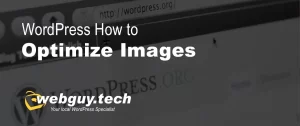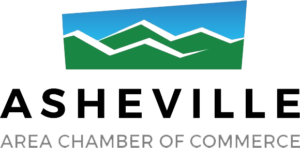So, if you’re tired of waiting for your website to load because of large image files, take action now! Optimize your images, improve your website’s speed and performance, and protect your website with webguy.tech. Your website visitors and search engine rankings will thank you.
Page load speed is a crucial factor in user experience and search engine rankings. A slow-loading website can lead to higher bounce rates and lower user engagement. It can also negatively impact your search engine rankings, as Google takes into account page load speed when determining search results.
That’s why it’s important to optimize your images and improve your website’s speed and performance. By following the DIY solutions we discussed earlier, you can significantly reduce your website’s load time and improve the user experience.
Let’s dive in!
Resize your images: One of the easiest ways to optimize your images is to resize them. Reduce the dimensions of your images to the maximum size you need them to appear on your website. This will reduce the file size without sacrificing quality.
- Compress your images: Another way to optimize your images is to compress them. Compression reduces the size of the file without compromising the image’s quality. You can use image optimization plugins like WP Smush or EWWW Image Optimizer to compress your images.
- Use WebP format: WebP is a new image format that provides superior compression compared to JPEG and PNG formats. Converting your images to WebP format can significantly reduce the file size while maintaining the image’s quality. You can use plugins like WebP Express to convert your images to WebP format.
- Choose the right file type: Choosing the right file type is also essential in optimizing your images. JPEG is the best option for images with many colors, while PNG is best for images with transparent backgrounds.
- Limit the number of images: Having too many images on your website can slow down your website’s speed. Only use necessary images and remove any unused ones.
In conclusion, optimizing your images is a crucial step in improving your website’s speed and performance. By resizing, compressing, using WebP format, choosing the right file type, and limiting the number of images, you can significantly reduce your website’s load time.
Remember, the maximum file size for your images should be around 100kb to 150kb. Any larger, and it will significantly impact your website’s load time. By following these DIY solutions, you can optimize your images and improve your website’s speed and performance.
If you want to optimize your images and improve your website’s overall speed and security, it’s highly recommended to use a WordPress backup and security service like webguy.tech. They provide comprehensive optimization and security services for your website, so you can focus on your business without worrying about website issues.
Don’t wait until it’s too late. Optimize your images today and improve your website’s speed and performance with webguy.tech!




